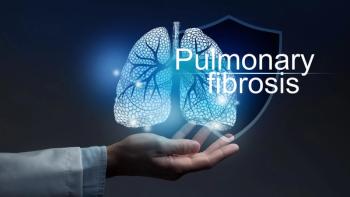
German Pharmaceutical Market Set to Hit $65 Billion by 2020
Germany is a mature market with high healthcare expenditure and pharmaceutical production but future growth could be potentially hindered by cost-saving government policies.
The pharmaceutical market in Germany is valued at $58.6 billion in 2014, according to research and consulting firm GlobalData. Despite its position as the leading pharmaceutical market in Europe, the sector is projected to expand at a modest compound annual growth rate (CAGR) of 1.7% to reach an estimated $65 billion by 2020.
A new GlobalData
Prior to the enactment of AMNOG in Germany, there were very few limitations to the drug pricing of new or patented products, and this was one of the main reasons for the increasing healthcare expenditure, commented Joshua Owide, GlobalData’s director of healthcare industry dynamics in a press statement. “AMNOG features an early benefit assessment for newly registered medicinal products, whereby drugs with no additional benefit are placed on the reference pricing system, which fixes a maximum reimbursement limit for groups of comparable treatments. For drugs with added benefits, prices can be negotiated with their manufacturers.”
In the report, GlobalData highlighted that these measures are further exacerbated by government-imposed price freezes and reductions on pharmaceuticals, a large market for generic products and the exclusion of several drug categories by Statutory Health Insurance (SHI).
Owide observed that patients are often unwilling to opt for drugs that are not reimbursed by SHI funds and this has an effect on the market for those products. “Furthermore, according to Federal Health Reporting, the German generic market is the largest in the EU, accounting for approximately 73.5% by volume and 33.1% by value of Germany’s total pharmaceutical sales in 2013. This tendency to favor generics may restrict future sales of patented drugs.”
Source:
Newsletter
Get the essential updates shaping the future of pharma manufacturing and compliance—subscribe today to Pharmaceutical Technology and never miss a breakthrough.





